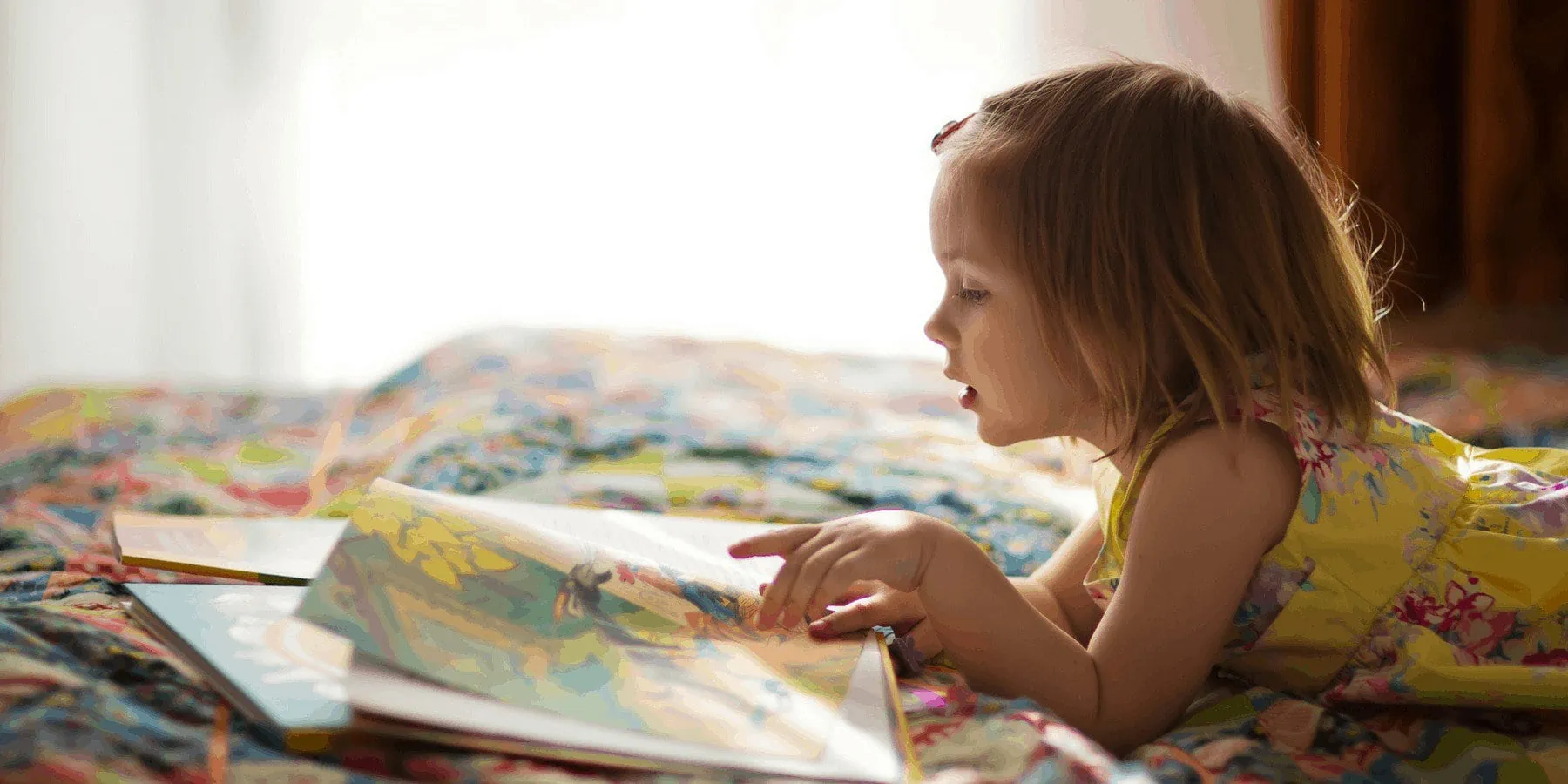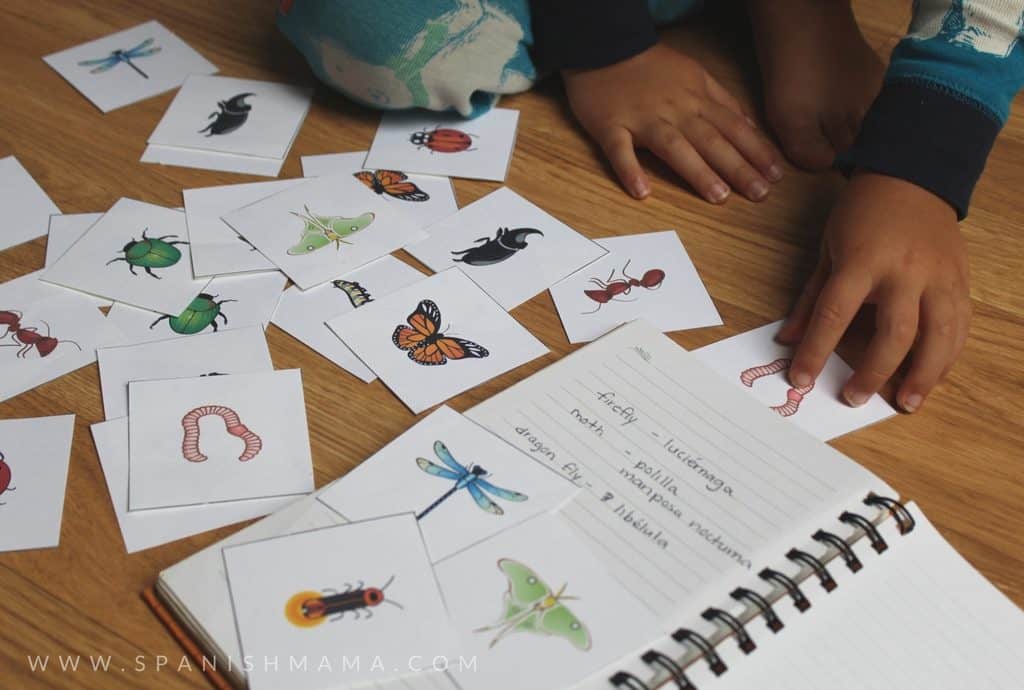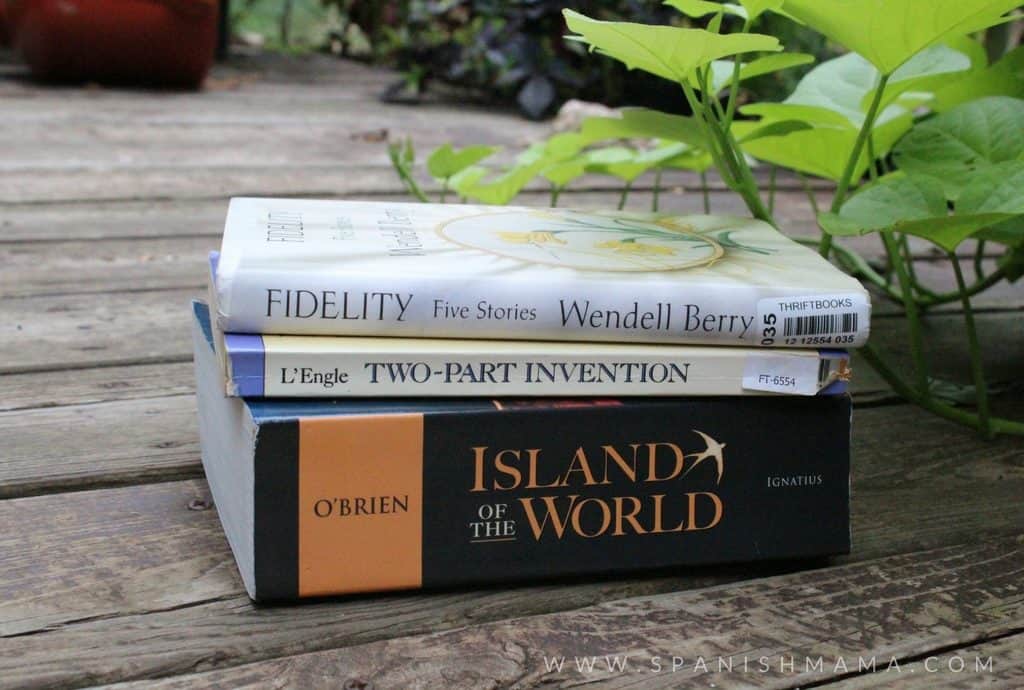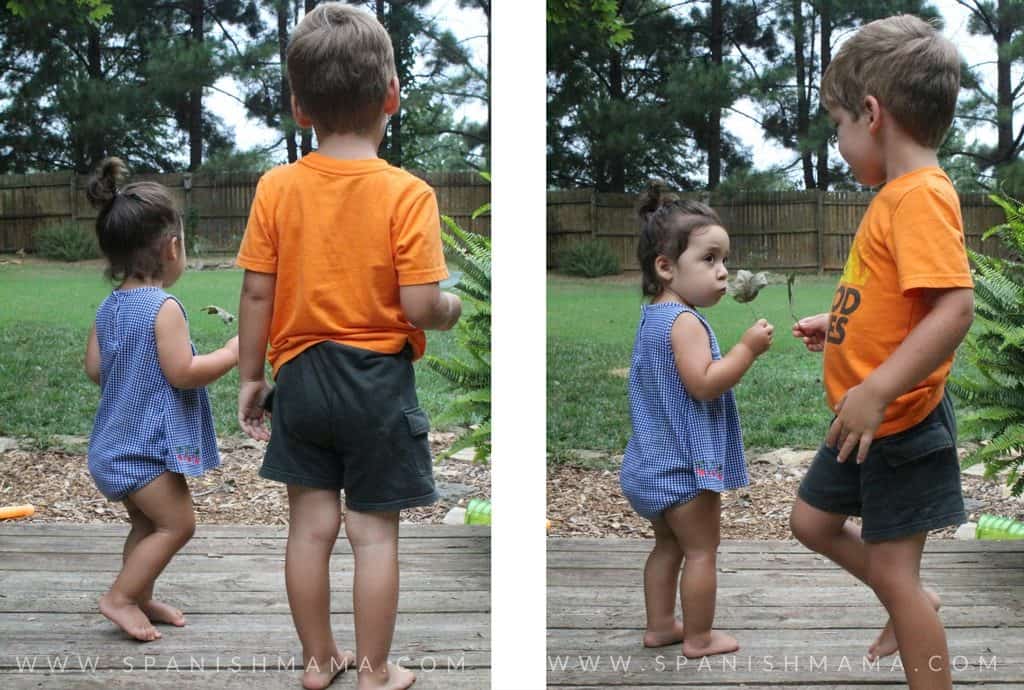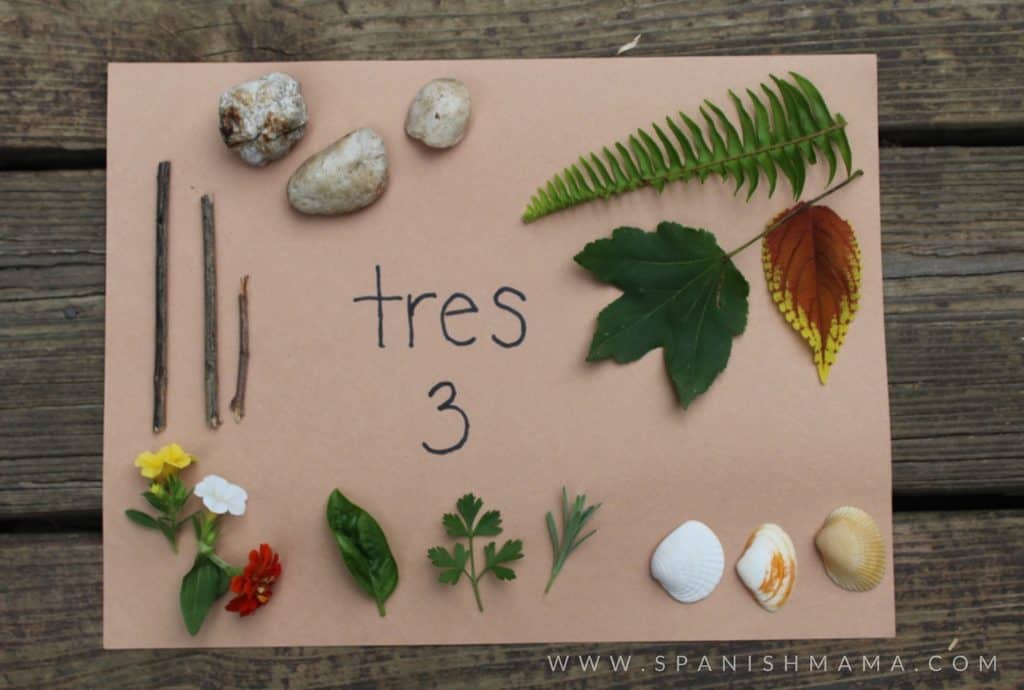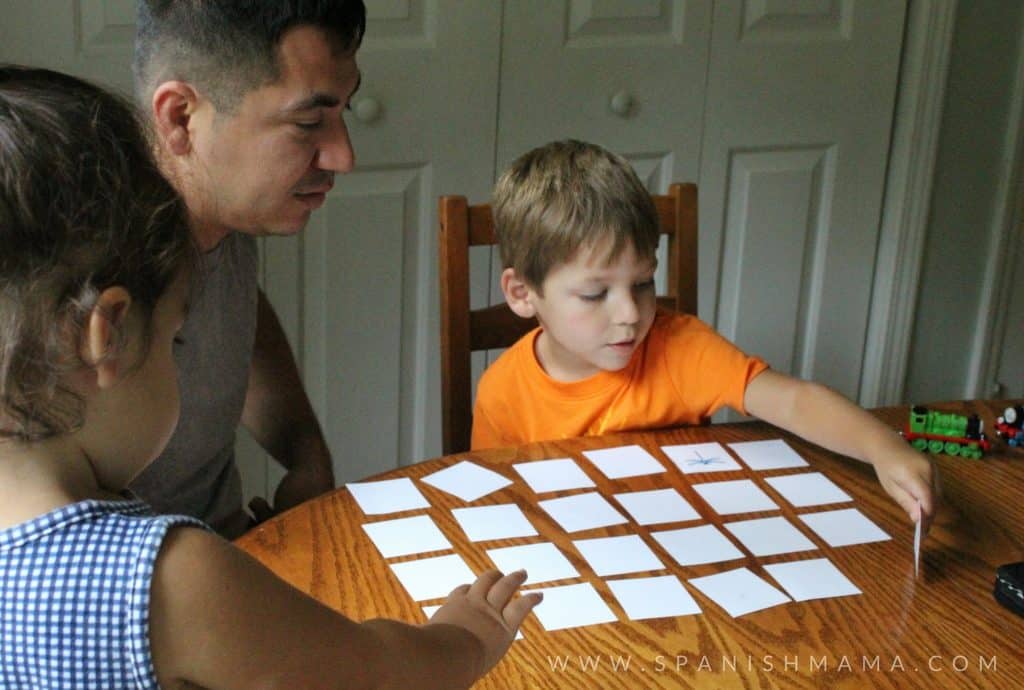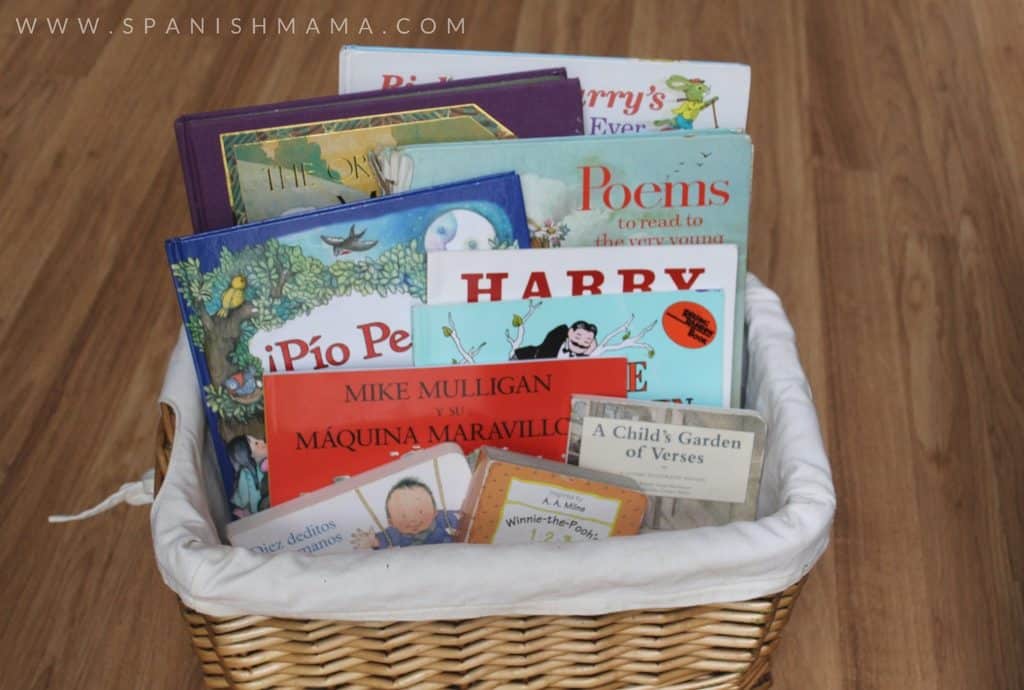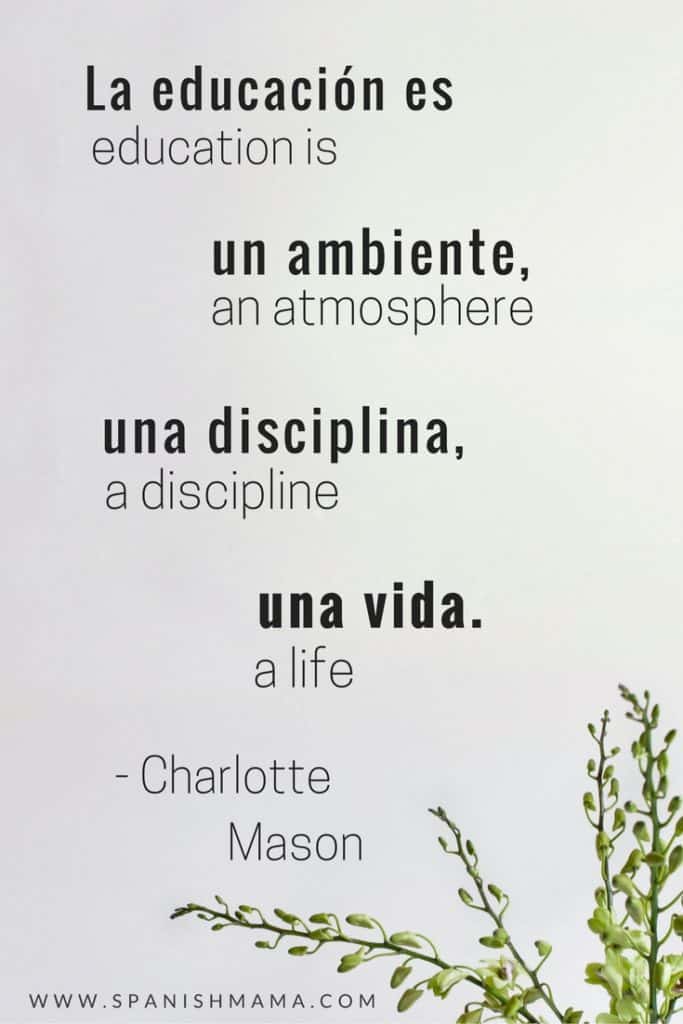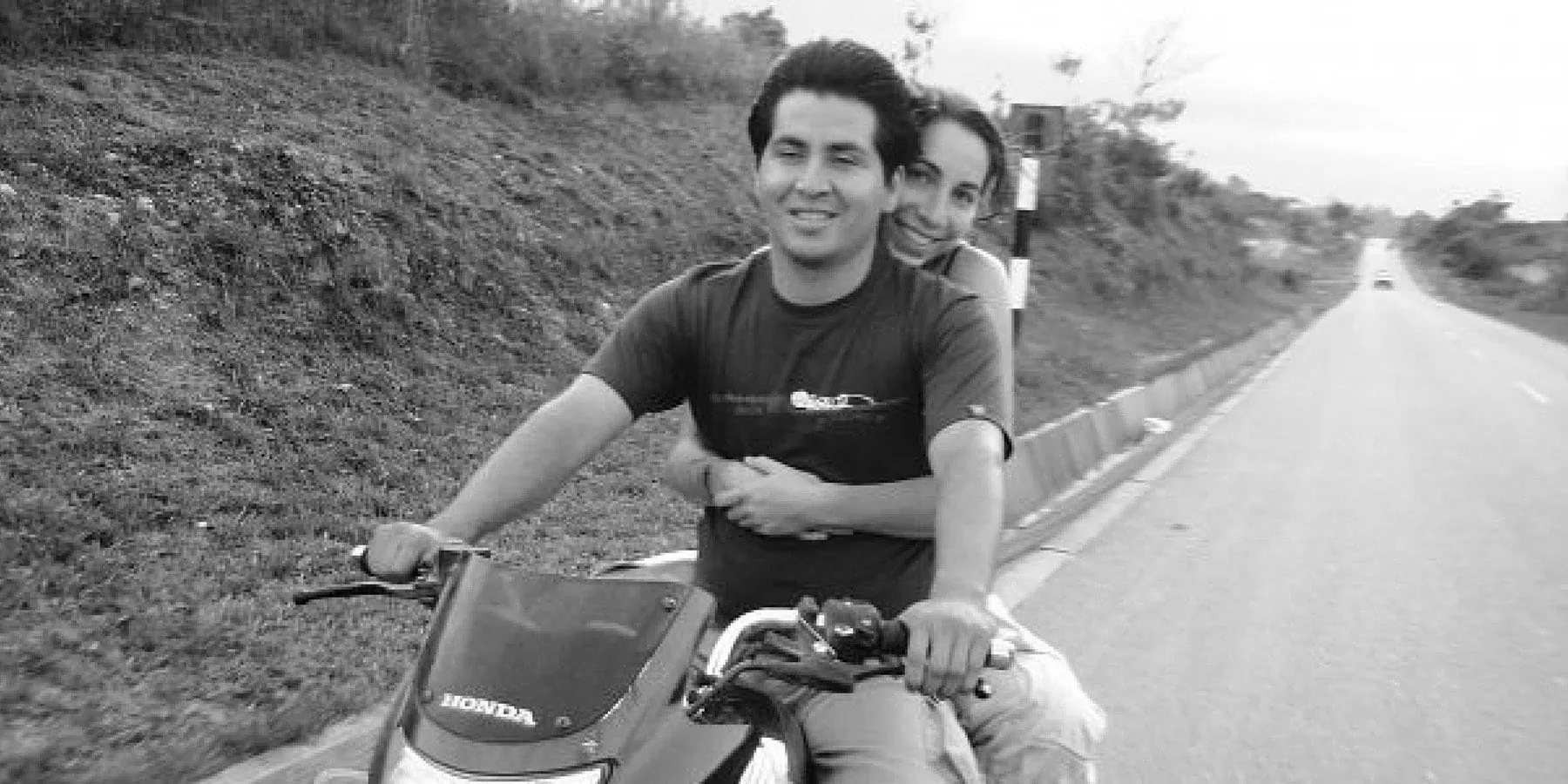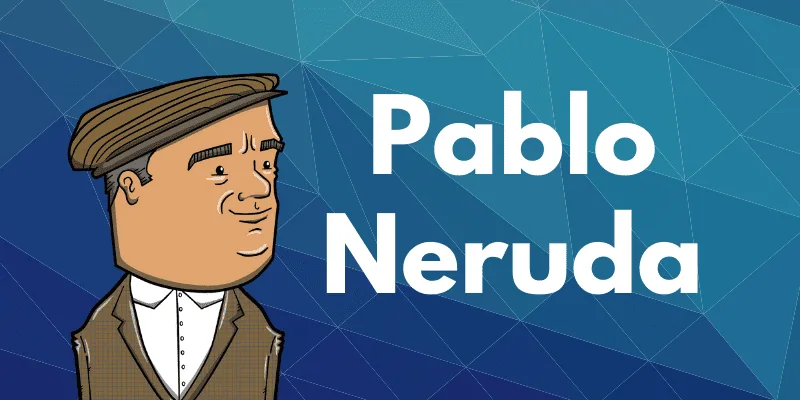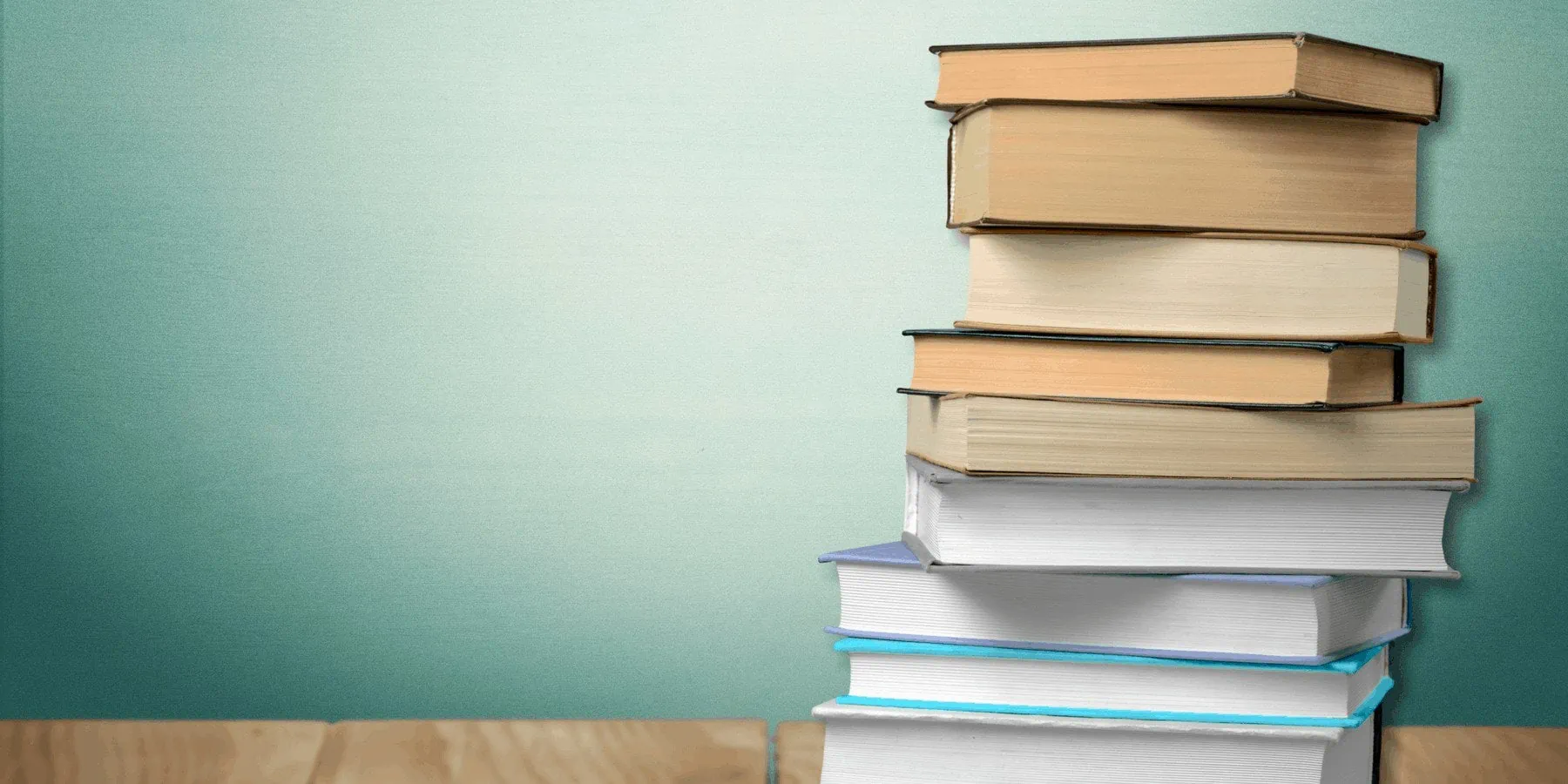Bilingual Preschool at Home: A Peek Into Our Day
Inside: Bilingual preschool at home.
This post was written as part of a Multicultural Kid Blogs Round-up for A Day in School Around the World. Welcome to our bilingual preschool at home in the U.S.!
We woke up to a cloudy, cool day. This is a rarity for North Carolina in August, much like children sleeping in would be. My kids did today– of course they did, on the day I choose for a look into our bilingual home! But normal has never been the name of our game. Not since the day I moved to the jungle and met a Peruvian guy who didn’t know English, and not since the day we decided to mesh two lives, two languages, two cultures.
My day starts at the blissful hour of 8:00, when I hear my son Janio (3) waking up. I am not sure what this miracle is, but I’m thankful for the sleep. Pocho recently started working 2nd shift, and we are trying to get used to it and orient our schedules to go bed and get up later. I stayed up too late, as usual– cramming in blogging and planning for the school year.
Today is a slow day, mostly at home. Once I start back to work in two weeks this will all look different. While I teach part-time, the kids go to my mom’s house. She is the wonderful sort of grandmother who takes them outside for hours, knows all the birds, and reads poetry. They love going to her house. With Grandma, cousins, and friends, it’s English, and so this year we must stay on track with Spanish at home. Janio and I play Memory, with our new bug cards.
One of my goals for being school-ready is that my kids can name and identify 10-20 insects, 10-20 birds, 10 trees, 10 plants, and 10 flowers in Spanish and English. This really has less to do with memorizing anything than with what I call “making friends.” In this case, it is noticing, loving, and knowing things in nature, and in our own backyard. I myself am missing a lot of nature terms in Spanish, and I’ve been making little Bingo games and game cards so we can learn the words together. Today I have to look up some of the bugs. Janio is new to the game, and we play as best we can.
Janio eats breakfast and plays quietly, trying not to wake Daddy and Mairi-Jean (1). I squeeze in some emails and planning. When everyone is up, after 9, we make breakfast. I let the kids help, and they drag chairs over to the counter. Coffee spills everywhere. Janio helps himself to an egg to crack, and it does– on the floor. I grab cleaner and spray the mess, and while I’m looking for a rag, Mairi-Jean decides to join the fun. She slips on it and falls on her bottom. This sounds about right: lovely visions of children developing habits of helpfulness and work, and here we all are covered in raw egg.
I have been immersing myself in Charlotte Mason lately, and plan to do “preschool” a la Charlotte Mason this year. This may sound like an oxymoron if you are familiar with her work, because she strongly advocates delaying academic work until children are 6 years old. She does, however, have recommendations for young children and I feel the need to label so that I’m intentional in following them. I think preschool is a time of becoming: children developing into the curious, attentive, loved persons they’re born to be. I don’t think that’s best accomplished by pushing early academics or fancy crafts, either. It comes from having beautiful things to find and love. This means lots of nature, time, free play, poetry, music,beautiful books, and habits.
We clean up and eat, and end up outside for a while. It’s spitting rain a little, but the kids play anyway. I am in the middle of several books and optimistically bring one by Madeleine L’Engle, of which only a few pages get read of course. I know I need to be reading good books if I want to be a good teacher, here or at school, and I’m so enjoying being back at it.
My biggest goal every day for preschool is time outside. It’s also the hardest one for me! Charlotte Mason taught that young children need many hours outdoors, time with real things. I think we tend to value books and lessons as the best thing to prepare children for school, but she says that’s actually not true. Being outdoors is better, where we develop the art of observation, wonder, patience, and reverence for the world and life. This dependence on the actual senses paves the way for “book-learning” later, as well. Thankfully, today is cool and it’s nice to be out. It doesn’t always work, but I try to let them find things to do and play on their own. I did tell Janio we are looking for things of three, in an experiment for math later.
The experiment actually does not go well, as he is more interested in throwing the rocks than anything else. I snapped a picture anyway. He usually loves numbers (especially 3, his age), and we’ll try again later. No rush; this could wait for Kindergarten! My idea is to spend the next years or two just becoming friends with numbers: telling stories, making patterns, arranging smallest to biggest. We might find combinations to develop number sense: look, these two shells are orange and that one is white, and these two shells have lines this way, and that one has lines that way.
(As a first-grade teacher, I found that parents often got caught up in what their kids could do, more than who they were. And from the schools, we have a whole system of burned-out elementary students, pushed into work too soon, into long days with little time outdoors. I’d like to see more emphasis on what children love, and less on what they can dissect.)
Back inside, and it’s after 12. I let the kids watch a DVD that teaches French while I make lunch. I enjoy the calm. (We are very good at banning tablets and phones… movies, not as much as I’d like.) Supposedly, I am staying a step ahead practicing myself on DuoLingo and Coffee Break French, but I am not keeping up. Something to work on this year. Since we already speak Spanish and English, I figured I should practice what I preach and start our first foreign language young.
Lunchtime with Daddy before he goes to work. It feels very South American to eat a big meal in the middle of the day, together. Rice, beans, fried eggs, and tomatoes and cucumbers in lime. Janio plays another round of memory with Pocho, while Mairi-Jean tries to climb onto the table and grab all the cards.
After, I let the kids snuggle into bed with me. We use our “morning time basket,” though it’s not always used in the morning. This is where we do the bilingual essentials– the very best, beautiful books, poems, and songs. There are a lot of things I feel I do badly still (too many movies, never enough time outdoors), but I am so glad for all the music and poetry. Janio must know well over 3o poems by now, in Spanish and English. We don’t always say or sing them formally, it’s just part of bedtime, driving in the car, or putting on shoes.
Books in Spanish are a lifesaver for me, too. Even though I can communicate what I need to, it’s not always the best and richest language. I love that when we read books, I am still learning alongside the kids. Mairi-Jean will finally listen a little longer, instead of just trying to eat the books or turn all the pages before we can finish the page. You can find my Spanish recommendations here.
Naptime, and the end of our “school day.” The whole day is really school, of course– learning to be, having things to love– but I’ll end the detailed version here. Later we are off to Grandma’s and I teach a quick Spanish class. We eat at her house, and Mairi-Jean goes to bed since she never actually napped. Janio stays up and watches a show in Spanish, and then we read in Spanish before bedtime. Thank you for joining us!
